Arts and Architecture in Florence
In 1982 Unesco identified the whole old city of Florence as one of the most important World Heritage site. During the Renaissance Florence lived an extraordinary period of artistic, literary and scientific creativity. From the 14th century through the 15th and the 16th centuries a rediscovery of Greek
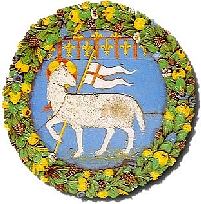
The use of Italian language in literature, to replace Latin, can be attributed to Tuscan writers, among which Dante Alighieri is worth of occupying a preeminent position At the end of the 16th century the Renaissance began its natural fall. By the time mannerism, and, later, baroque style were in vogue, Florence was living a moment of cultural decline. Reduced to a marginalized position in European politics and finance, the city seemed equally uninspired in the arts. Brief bursts, notably that of the French Impressionist-inspired painters known as Macchiaoli, attracted the cultural interest back to the city in the 19th century but the arts never regained the relevant position they held during Florence`s golden age: the Renaissance time.
Our most requested apartments in the Florence historical centre:
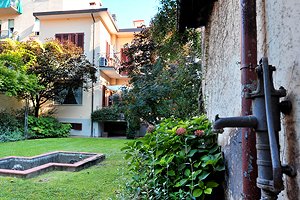 Holiday apartments in pretty villa on the southern outskirts of Florence, in the vicinity of Piazzale Michelangelo. Accommodation for groups of 4/6/8/10/12 people. Air conditioning, Internet connection. Just a few minutes from Florence historical centre.
More details
Holiday apartments in pretty villa on the southern outskirts of Florence, in the vicinity of Piazzale Michelangelo. Accommodation for groups of 4/6/8/10/12 people. Air conditioning, Internet connection. Just a few minutes from Florence historical centre.
More details
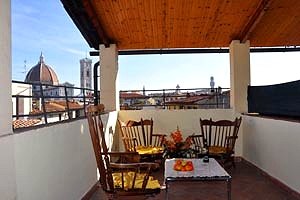 Beautiful apartment sleeping 6+2 in Florence historic centre, at a stone`s throw from Santa Maria Novella railway station. Air conditioning, Internet connection and panoramic balcony with view over the Duomo and the Medici Chapels.
More details
Beautiful apartment sleeping 6+2 in Florence historic centre, at a stone`s throw from Santa Maria Novella railway station. Air conditioning, Internet connection and panoramic balcony with view over the Duomo and the Medici Chapels.
More details
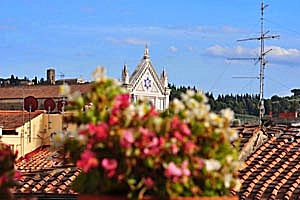 Apartment sleeping 2+1 in the heart of Florence historic centre, in the district of Santa Croce. Panoramic balcony with view over the basilica of Santa Croce, air conditioning, Internet connection, close to the most important Florentine monuments.
More details
Apartment sleeping 2+1 in the heart of Florence historic centre, in the district of Santa Croce. Panoramic balcony with view over the basilica of Santa Croce, air conditioning, Internet connection, close to the most important Florentine monuments.
More details
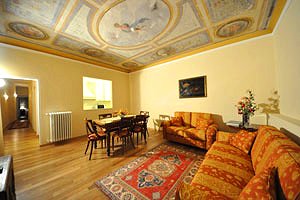 Apartment in the historical centre of Florence a few steps away from the Accademia Gallery. Nearby Piazza Duomo, Piazza Signoria, the Uffizi Gallery . 5+2 beds, Internet Connection and air conditioning.
More details
Apartment in the historical centre of Florence a few steps away from the Accademia Gallery. Nearby Piazza Duomo, Piazza Signoria, the Uffizi Gallery . 5+2 beds, Internet Connection and air conditioning.
More details







